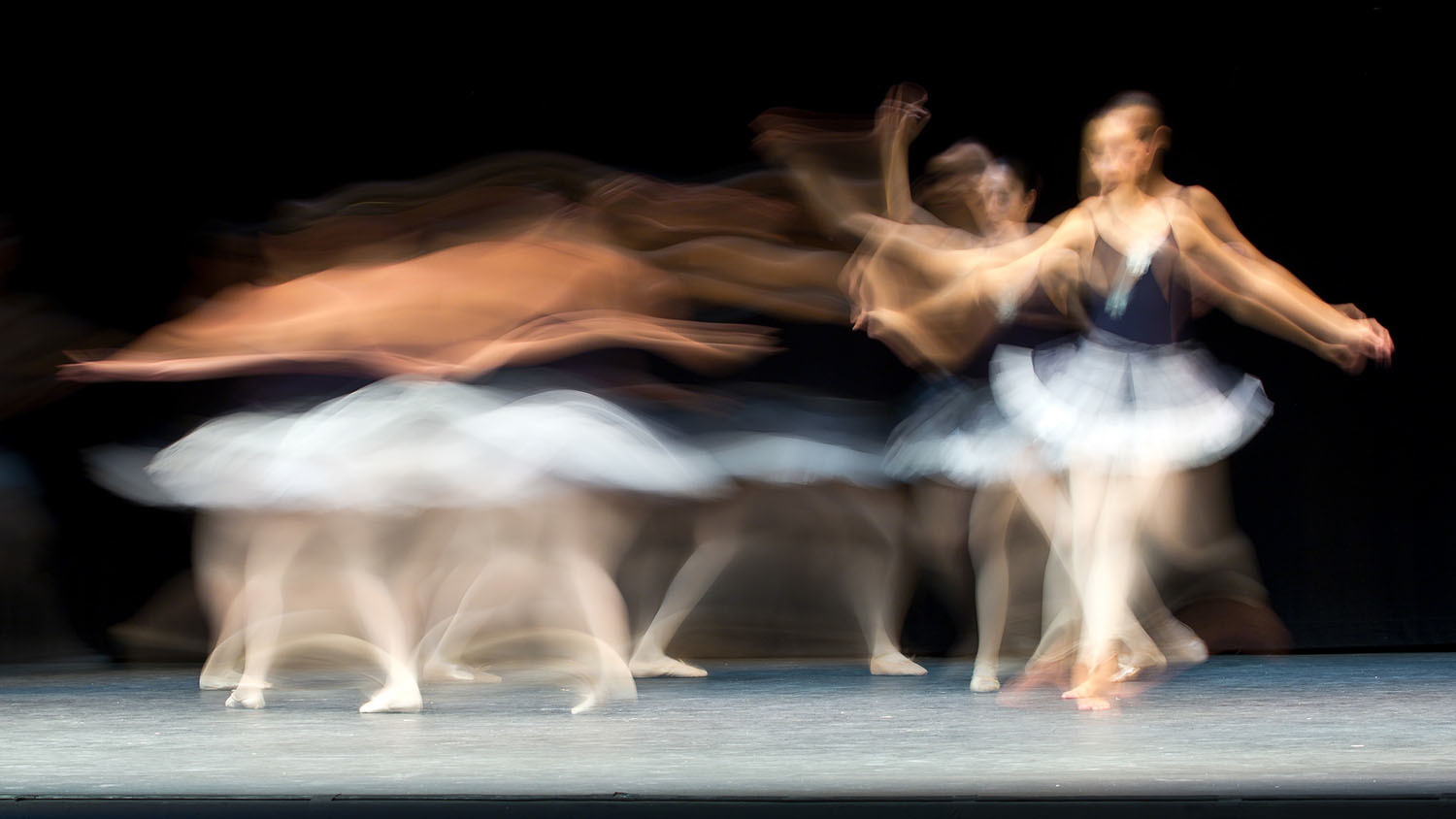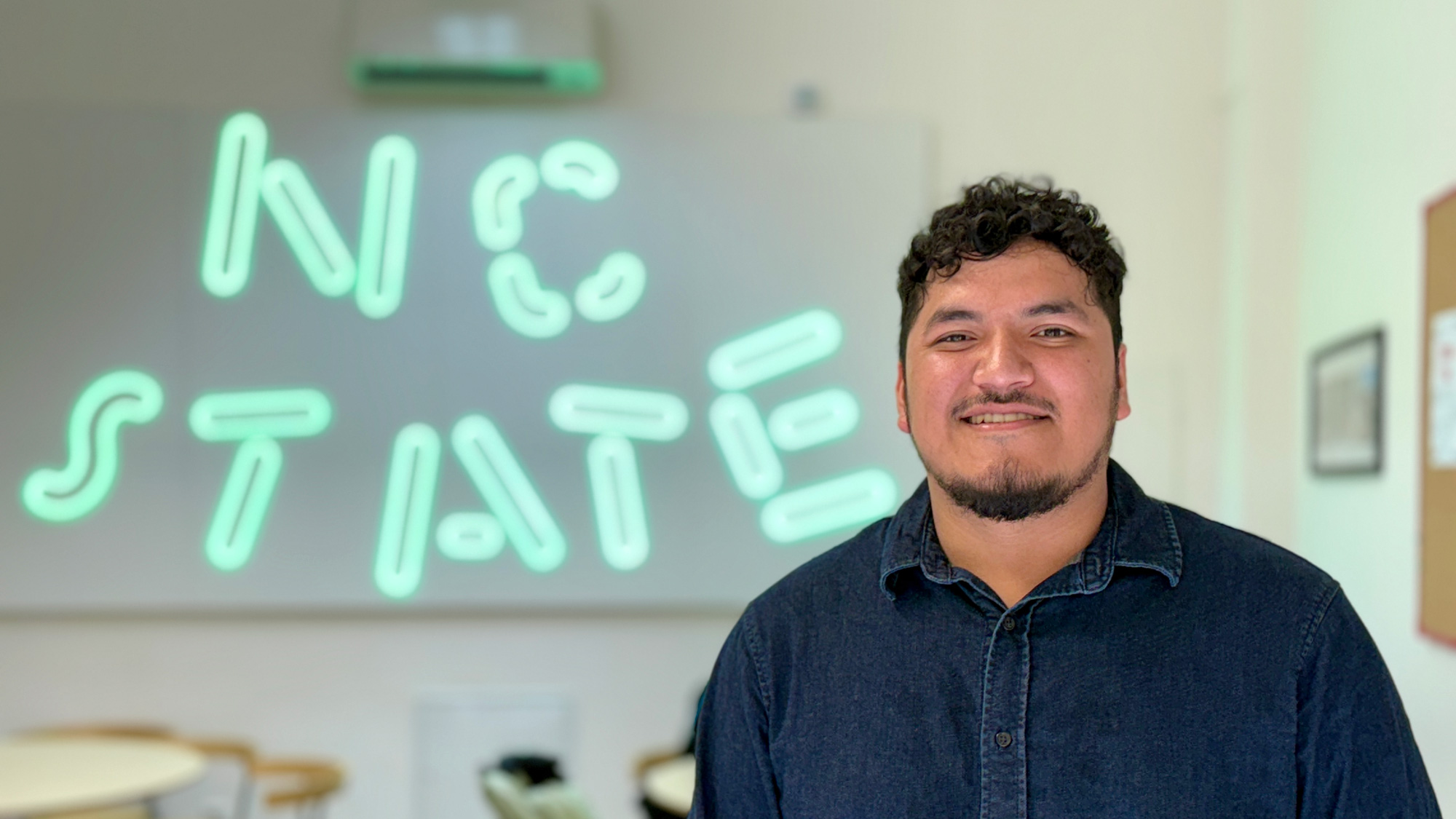How Dance Can Help Students in STEM Disciplines

A proof-of-concept study at North Carolina State University finds that participation in dance programs helps students – including those in science, technology, engineering and mathematics (STEM) disciplines – develop skills such as creativity and persistence that benefited them in the classroom and beyond.
“Our core question was what drives students to participate in the arts at an institution where there are no arts majors and there is an emphasis on STEM,” says lead author Fay Cobb Payton, a University Faculty Scholar and professor of information systems and technology. “We wanted to know what benefits students get from engaging in the arts when they’re majoring in other disciplines.
“We found that study participants feel that they benefit substantially from participating in the arts – in this case, dance – and that, in this context, the arts can be viewed as a structure for fostering inclusion and nurturing persistence, among other things.”
Over the course of a year, researchers conducted in-depth interviews and focus groups with 25 study participants who had been involved in on-campus dance companies as undergraduates. Fifteen of the participants were STEM majors, majoring in disciplines such as applied mathematics, engineering and chemistry.
Study participants reported that participating in the dance companies gave them a sense of community, a healthy outlet for expressing themselves, and access to a more diverse group of people than they found in their academic disciplines.
“Participants also reported that being involved in dance made them more creative in the way they approached problem-solving in the laboratory or classroom,” Payton says. “For example, the dancers said they were accustomed to working as part of a group, and felt this helped them incorporate multiple viewpoints when tackling academic challenges.”
Study participants also said they found a sense of rigor in the discipline of dance that mirrored the academic rigor they faced as students, but that many of their peers were dismissive of dance as a serious pursuit.
Anecdotally, the researchers found that there was a lack of awareness among other students about campus activities and opportunities related to the arts.
“This is a small, qualitative study,” Payton says. “The next step is to look quantitatively at larger groups and other forms of the arts, such as music, with the goal of developing best practices for incorporating these diverse fields of interest in way that improves outcomes and well-being for undergraduates.
“We’d like to see more institutional support for the idea that STEM and the arts can complement each other. This isn’t about training professional dancers, but about training students from a variety of fields in how to be creative, work well in groups and so on. It’s good workforce preparation – and it also makes students happy. That’s something which is often overlooked, but it’s important.”
The paper, “STEM Majors, Art Thinkers – Issues of Duality, Rigor and Inclusion,” is published in the Journal of STEM Education. The paper was co-authored by Ashley White, a recent NC State Ph.D. graduate, and Tara Mullins, director of the dance program at NC State. The work was made possible by a grant from the NC State Foundation.
-shipman-
Note to Editors:
The study abstract follows.
“STEM Majors, Art Thinkers – Issues of Duality, Rigor and Inclusion”
Authors: Fay Cobb Payton, Ashley White and Tara Mullins, North Carolina State University
Published: Oct. 3, Journal of STEM Education
Abstract: There is a growing interest in STEAM (STEM + Arts) education nationwide. To uncover why these interdisciplinary initiatives can play a significant role in the student educational experience, it is critical to identify characteristics of university students who are participating and enrolled in STEM and arts curricula. We are interested in students actively participating in dance curricula while pursing STEM degrees, and how the students perceive social inclusion given the dominant presence of STEM fields at a predominantly white institution (PWI). We conducted focus groups with undergraduate students from two NC State University dance companies. Focus groups transcripts were coded according to our research questions along with an additional taxonomy including academic emotional engagement, self-efficacy and level of activity. Sub-themes were analyzed using pattern matching and thematic analyses. Data themes included personal, academic and institutional issues, as well as career workforce preparation. Students indicated that rigor, stigma, enhanced problem-solving skills, interdisciplinary thinking, and increased diversity and inclusion opportunities characterize their dance experiences. These experiences highlight aspects of human diversity including ethnicity, race, gender identity and class, and how dance provides a safe zone that is significantly different than experienced in their STEM coursework. Current dance students expressed why the arts are an intentional part of their academic experiences. The students drew parallels to problem-solving approaches, team collaboration and data-driven application for the “think and do” ethos that is central to the university. Our findings offer STEM researchers and leaders, along with policy-makers and funding agencies opportunities to reframe the current thinking and approaches central to broadening participation in STEM.
This post was originally published in NC State News.


